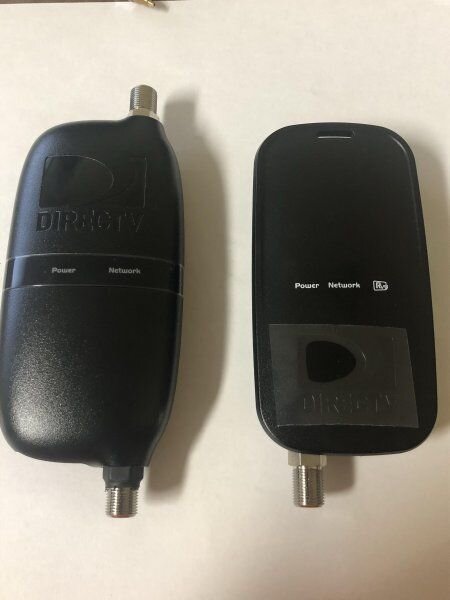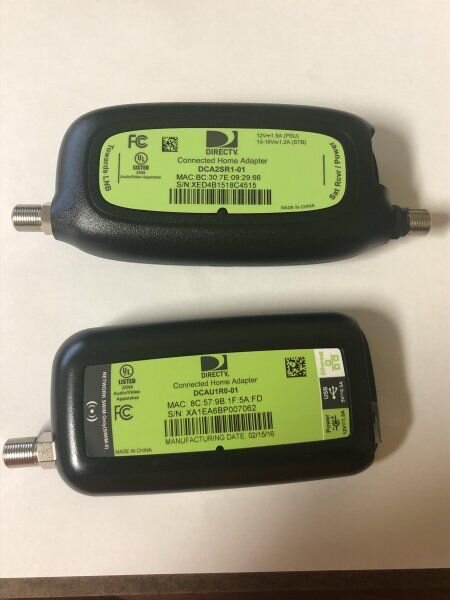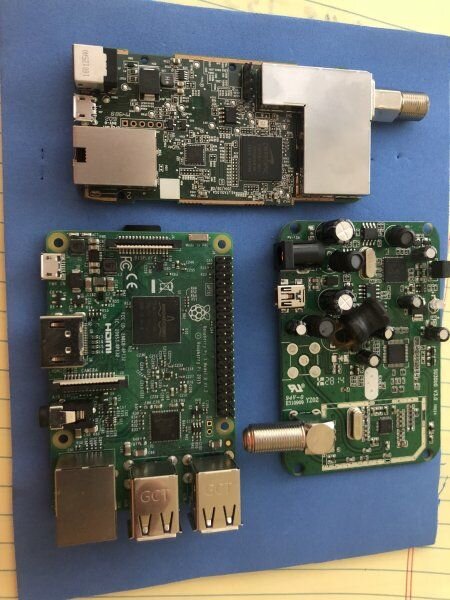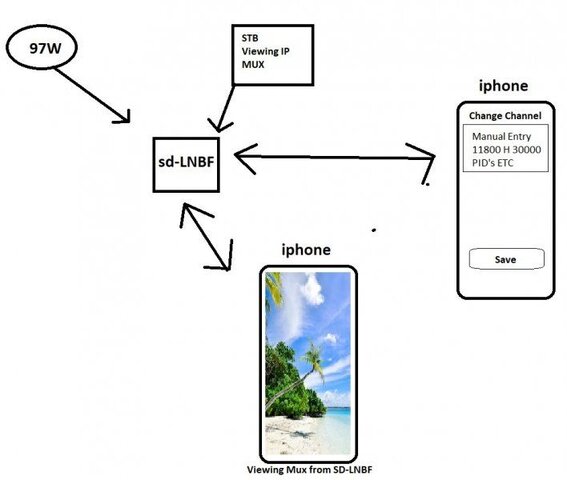- Apr 24, 2008
- 3,219
- 448
Playing around with a directv deca adapter. Installed pin header now trying to find win10 drivers for ttl cable. Wanting to see if stats are available console like.
The DCA2SR1-01 and DCAU1R0-1 are rock solid and dirt cheap ($10 a pair) for a 100Mbps over coax.
I will post what idea i got cooking up that makes this fta related.
The DCA2SR1-01 and DCAU1R0-1 are rock solid and dirt cheap ($10 a pair) for a 100Mbps over coax.
I will post what idea i got cooking up that makes this fta related.






